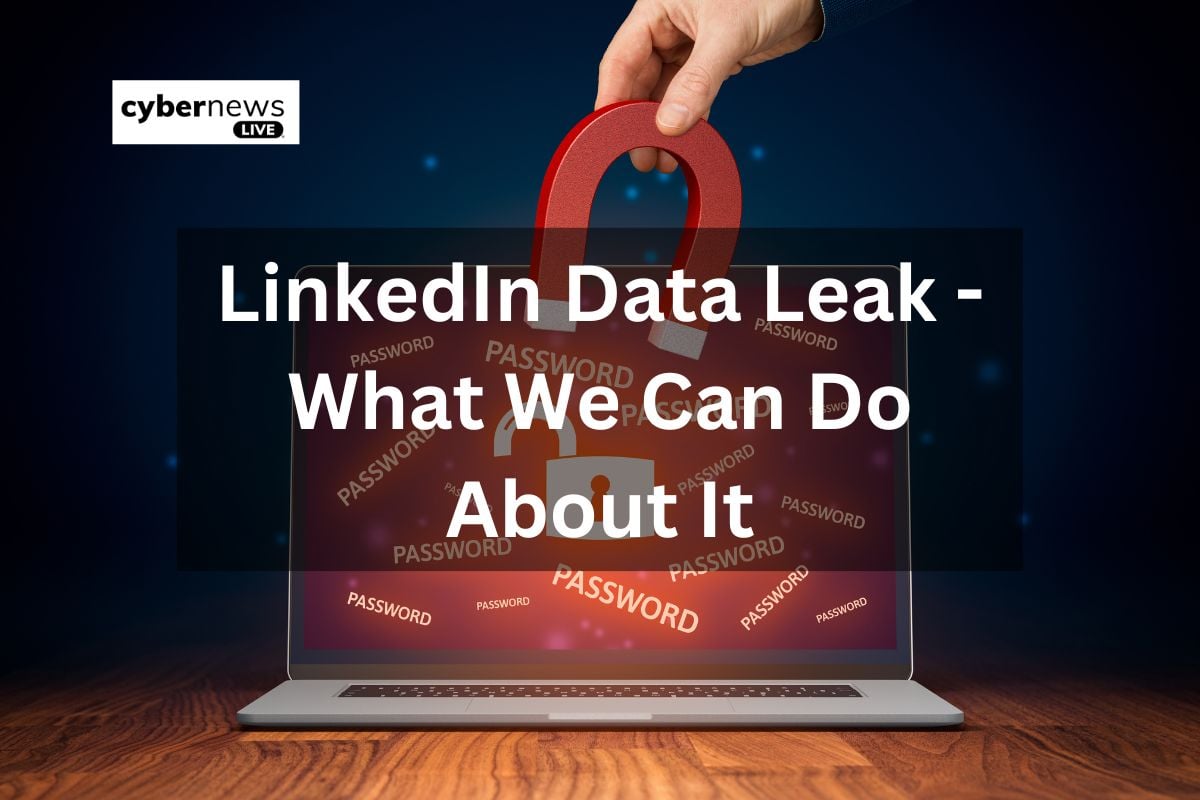
LinkedIn Data Leak: 3 Years Later – What You Can Do to Protect Yourself
The LinkedIn Data Leak: A Cybersecurity Wake-Up Call
In June 2021, a hacker known as “TomLiner” put the personal information of 700 million LinkedIn users up for sale on a darknet forum. This followed a similar incident in April 2021, where the same seller offered data from 500 million users. A verified sample of 1 million users was released, exposing details such as email addresses, full names, phone numbers, and professional profiles—excluding passwords and credit card details.
While LinkedIn denied this was a data breach and labeled it as data scraping, the misuse of its API raised serious security concerns. Three years later, the consequences of this leak still linger, and users must remain vigilant against identity theft, phishing scams, and social engineering attacks.
How Did the LinkedIn Data Leak Happen?
The breach resulted from unauthorized data scraping rather than a traditional cyberattack. Cybercriminals exploited LinkedIn’s API to collect user data from publicly available profiles and aggregated it with information from other sources. This technique does not involve hacking into LinkedIn’s internal systems but still poses serious risks to user privacy and cybersecurity.
What Data Was Compromised?
The exposed data included:
- Full names
- Email addresses
- Phone numbers
- LinkedIn profile URLs
- Job titles and company information
- Social media account links
- Physical addresses and geo-location data
Although passwords and financial details were not included, the information obtained is enough to facilitate identity theft, spear-phishing campaigns, and impersonation fraud.
The Risks of the LinkedIn Data Leak
This massive exposure of user information presents several cybersecurity threats:
1. Phishing and Social Engineering Attacks
Cybercriminals can use the leaked LinkedIn data to craft highly targeted phishing emails. These emails may appear to come from trusted contacts or companies, tricking users into revealing sensitive information, downloading malware, or making fraudulent transactions.
2. Identity Theft & Account Takeovers
With access to personal details such as names, phone numbers, and social media accounts, cybercriminals can impersonate victims, create fake accounts, or gain unauthorized access to other online platforms.
3. Corporate Espionage & Business Email Compromise (BEC)
Attackers can use compromised professional details to launch BEC scams, tricking employees into transferring funds, sharing confidential documents, or giving access to sensitive corporate data.
How to Protect Yourself from the LinkedIn Data Leak
Three years later, proactive cybersecurity measures remain crucial in mitigating the risks associated with the LinkedIn data leak. Here’s what you can do:
For Individual LinkedIn Users:
- Enable Two-Factor Authentication (2FA) – Strengthen account security by activating 2FA on LinkedIn and other online accounts.
- Change Your Passwords – If you haven’t updated your LinkedIn password since 2021, now is the time. Use a unique, strong password and avoid reusing passwords across multiple sites.
- Check for Data Exposure – Use tools like Have I Been Pwned to see if your email or phone number was compromised in any data breach.
- Beware of Phishing Attempts – Stay cautious of suspicious emails, messages, and connection requests on LinkedIn. Never click on unknown links or provide personal information to unverified sources.
- Limit Public Profile Exposure – Review LinkedIn’s privacy settings to restrict the visibility of personal data to only trusted connections.
For Businesses & Organizations:
- Educate Employees on Cybersecurity Best Practices – Conduct training on phishing awareness, social engineering tactics, and password security.
- Monitor for Suspicious Activity – IT teams should watch for unusual login attempts and unauthorized access to company resources linked to LinkedIn accounts.
- Strengthen Corporate Cybersecurity Policies – Implement spam filters, email authentication protocols (SPF, DKIM, DMARC), and endpoint security solutions.
- Avoid Engaging with Stolen Data Sellers – Companies should discourage buying stolen information and instead focus on ethical cybersecurity measures.
- Enhance Incident Response Plans – Prepare for potential data breaches by having a robust cybersecurity response strategy in place.
The Long-Term Impact on LinkedIn and Cybersecurity
The LinkedIn data leak has highlighted the ongoing vulnerabilities of professional networking platforms. As cyber threats evolve, businesses and users must adopt a proactive approach to digital security. While LinkedIn has made security improvements, data scraping remains a prevalent issue across social media and professional networks.
Final Thoughts
The 2021 LinkedIn data leak serves as a reminder of the importance of cybersecurity awareness and proactive digital protection. Whether you’re an individual professional or a business, taking steps to secure your online presence is crucial to mitigating the risks of data breaches.
Stay Cyber-Safe: Follow Cyber News Live for the Latest Security Updates & Protection Tips!




